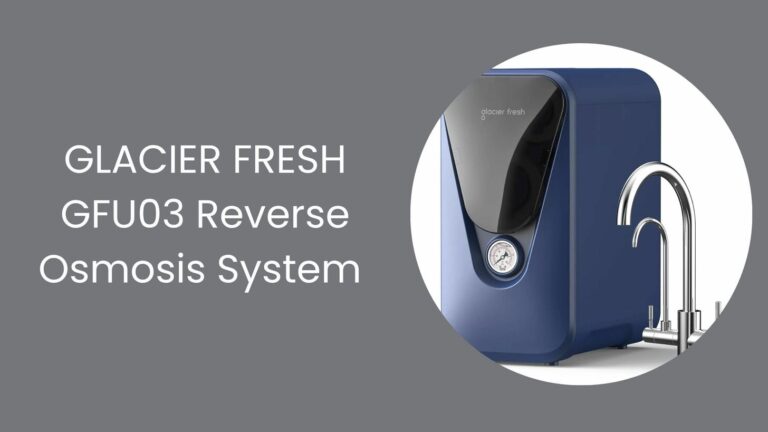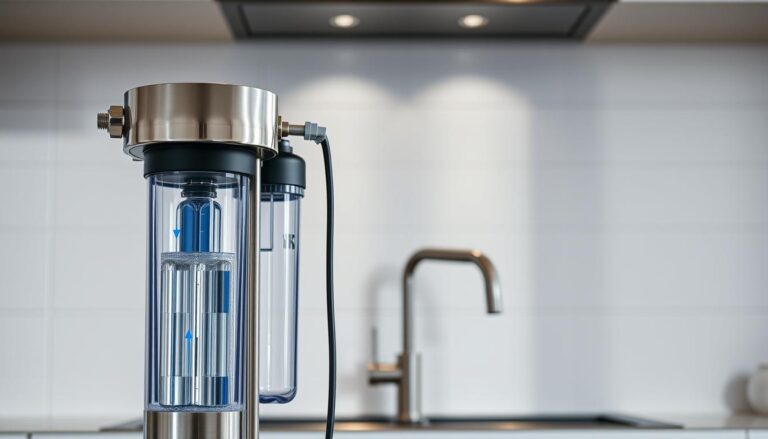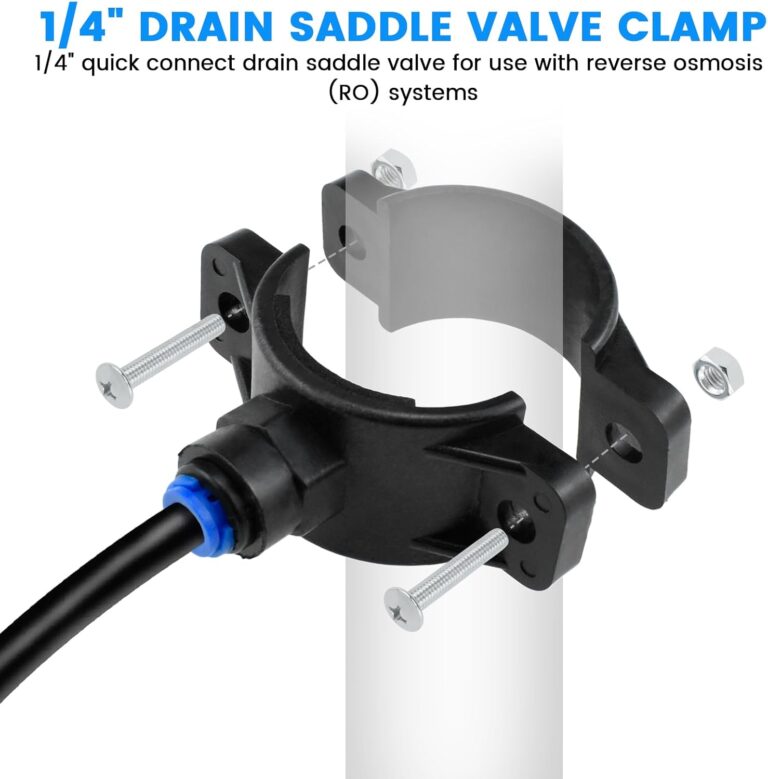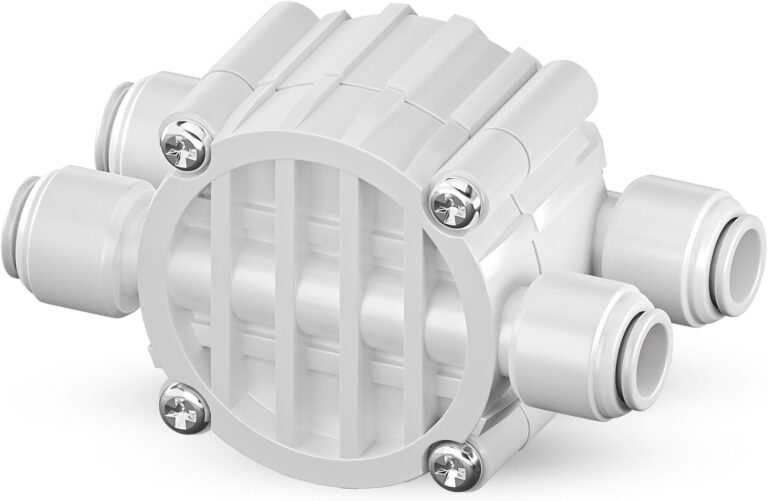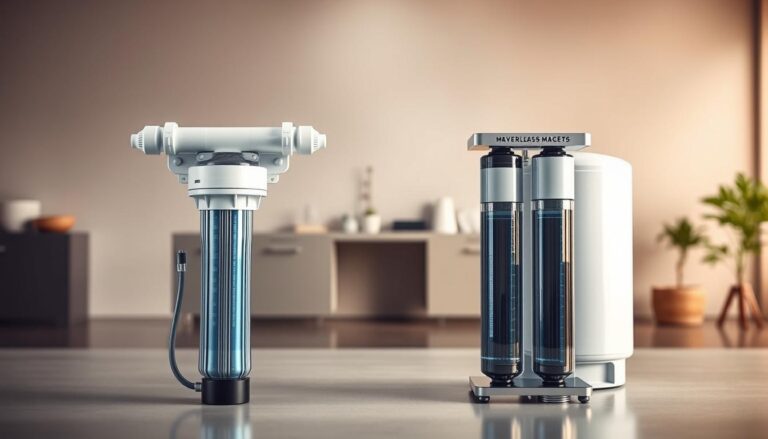Does Reverse Osmosis Remove Odor? Learn the Facts
Reverse osmosis (RO) is a popular water treatment process that uses a semipermeable membrane to remove contaminants from drinking water. But does it tackle odor? Yes, RO systems are effective at reducing unwanted odors in water by eliminating many odor-causing contaminants.
The process works by forcing water under pressure through a membrane, which blocks impurities and improves both taste and odor. However, while RO excels at removing chlorine and certain chemicals, some dissolved gases, like hydrogen sulfide, may not be completely eliminated. This means your water could still have a slight smell, though much less noticeable than before treatment.
According to the EPA, modern RO systems have high rejection rates for various contaminants, making them a reliable choice for households seeking cleaner drinking water. This article will explore how RO systems work, their effectiveness in odor removal, and provide maintenance tips to enhance water quality.
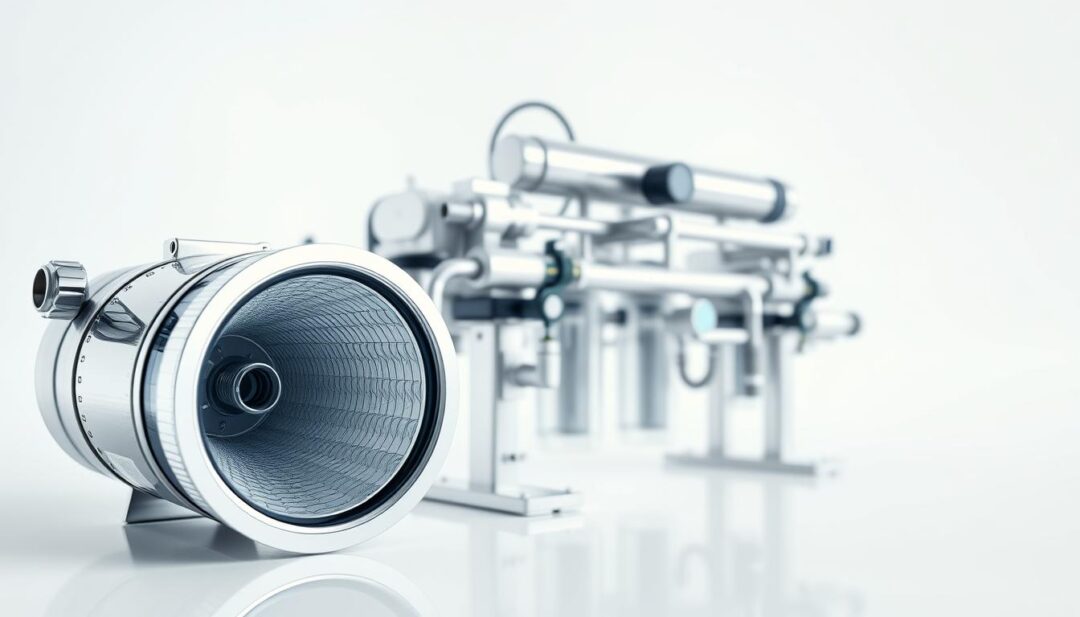
Key Takeaways
- Reverse osmosis effectively reduces water odor by removing contaminants.
- The process uses a semipermeable membrane under pressure to filter impurities.
- While RO removes many odor-causing elements, some gases may remain.
- EPA data highlights the efficiency of modern RO systems in contaminant removal.
- Regular maintenance can improve the overall quality of treated water.
Understanding Reverse Osmosis and Its Process
Reverse osmosis is a water purification method that applies pressure to force water through a semipermeable membrane. This membrane has tiny pores that block impurities, allowing only clean water to pass through. The process is designed to improve the quality of drinking water by reducing contaminants that can affect taste and odor.
How the Membrane and Filtration Work
The heart of any reverse osmosis system is its semipermeable membrane. This membrane is crucial because it filters out impurities based on size and charge. As water flows through, contaminants larger than the membrane’s pores are trapped, ensuring cleaner water on the other side. The system operates under controlled pressure, which is essential for effective filtration.
Key Components in an RO System
Beyond the membrane, an RO system includes several key components that work together to deliver clean water. Pre-filters, such as sediment and carbon filters, protect the membrane by removing particles and chlorine that could cause damage. The storage tank holds the treated water until it’s needed, while post-filters further refine the taste and odor of the water before it reaches the faucet.
| Component | Function |
|---|---|
| Membrane | Filters out impurities from water |
| Pre-filters | Protect the membrane from sediment and chemicals |
| Storage Tank | Stores treated water |
| Post-filters | Enhance taste and odor |
By understanding how each part of the reverse osmosis system works, you can appreciate the technology behind clean drinking water. Regular maintenance and proper care ensure the system continues to function efficiently, providing fresh and odor-free water for your household.
Does Reverse Osmosis Remove Odor? Examining the Facts
Reverse osmosis systems are designed to significantly reduce unwanted odors in water by targeting odor-causing contaminants. The process involves forcing water through a semipermeable membrane under pressure, which effectively filters out impurities.
| Contaminant Type | Effectiveness of RO |
|---|---|
| Chlorine | Highly effective |
| Dissolved Gases | Partial effectiveness |
| Organic Compounds | Very effective |
The membrane’s tiny pores block larger particles, improving both taste and odor. While RO excels at removing chlorine and certain chemicals, some dissolved gases like hydrogen sulfide may not be completely eliminated. This means your water might still have a slight smell, though much less noticeable than before treatment.
According to EPA data, modern RO systems have high rejection rates for various contaminants, making them a reliable choice for households seeking cleaner drinking water. Regular maintenance can further enhance water quality by ensuring the system functions efficiently.
Enhancing Water Quality Beyond Odor Removal
While reverse osmosis excels at improving water quality, its benefits extend beyond just odor removal. By targeting a wide range of contaminants, RO systems not only make water smell fresher but also enhance its taste and purity.
Benefits of Improved Taste and Purity
One of the standout advantages of reverse osmosis is its ability to significantly reduce chemical contaminants that can affect the taste of water. For instance, by minimizing chlorine and other dissolved solids, RO systems make drinking water more palatable. This improvement in taste is especially noticeable in households where water quality is a priority.
Additional Water Treatment Methods and Upgrades
To further enhance water quality, consider complementing your reverse osmosis system with additional treatments. UV purification, for example, can eliminate bacteria and viruses, ensuring safer drinking water. Remineralization filters are another option, as they restore beneficial minerals lost during the RO process, improving the water’s taste and nutritional value.
| Upgrade Option | Benefits | Application |
|---|---|---|
| UV Purification | Eliminates bacteria and viruses | Household and commercial systems |
| Remineralization Filters | Restores beneficial minerals | Home and industrial use |
| High-Efficiency RO Systems | Reduces wastewater and improves purification | Both household and industry |
By integrating these upgrades, you can achieve optimal water quality that not only tastes better but also meets higher safety standards. Whether for a household or a commercial setting, enhancing your water treatment process ensures a better experience and environmental benefits.

Maintenance and Efficiency Tips for Your RO System
Keeping your reverse osmosis system in top shape ensures clean, fresh drinking water for years. Regular upkeep not only boosts efficiency but also extends the system’s lifespan.
Regular Filter Replacement and System Checks
Start with the basics. Replace filters every 6-12 months, depending on usage. A clogged filter can lower water quality and reduce system performance. Don’t forget the membrane—it typically needs replacing every 2-3 years to maintain effectiveness.
Monitor the system’s performance by checking the water flow and taste regularly. A sudden drop in water pressure could signal a blocked filter or membrane. Addressing these issues promptly prevents long-term damage and keeps your water clean and fresh.
Optimizing Water Quality
Post-filters play a crucial role in enhancing taste and odor. Replace them as recommended to ensure your water tastes its best. For added benefit, consider a remineralization filter to restore beneficial minerals lost during the RO process.
Reducing Waste and Preventing Bio-Fouling
High-efficiency RO systems minimize wastewater, making them more eco-friendly. Regularly inspect the membrane for bio-fouling—where bacteria and contaminants build up. Clean the membrane as needed to maintain peak performance and prevent water quality issues.
Stay on top of maintenance by following manufacturer guidelines. A well-maintained RO system not only delivers great-tasting water but also lasts longer, saving you time and money in the long run.

- Replace filters every 6-12 months and the membrane every 2-3 years.
- Monitor water flow and taste to catch issues early.
- Consider post-filters and remineralization for enhanced quality.
- Opt for high-efficiency systems to reduce waste.
- Follow manufacturer guidelines for optimal performance.
By following these maintenance tips, you’ll enjoy clean, fresh drinking water and extend the life of your reverse osmosis system.
Conclusion
In conclusion, reverse osmosis systems are a reliable solution for improving water quality and reducing unwanted odors. By using a semipermeable membrane under pressure, these systems effectively filter out contaminants, enhancing both the taste and purity of drinking water. While they excel at removing chlorine and certain chemicals, some dissolved gases may still remain, though the overall improvement is significant.
Regular maintenance, such as replacing filters and monitoring performance, is crucial for sustaining the system’s efficiency. Upgrades like UV purification or remineralization filters can further enhance water quality. Despite limitations with dissolved gases, modern reverse osmosis systems remain highly effective for both household and commercial use.
For those seeking cleaner, fresher drinking water, reverse osmosis offers a proven method with noticeable benefits. Consider exploring high-efficiency systems for improved performance and environmental benefits. Use this guide to make informed decisions about your water treatment needs.
Frequently Asked Questions
How does a reverse osmosis system improve water quality?
A reverse osmosis system uses a semipermeable membrane to filter out contaminants, improving both taste and purity by removing particles as small as dissolved solids.
What maintenance is needed for an RO system?
Regular filter replacement and system checks are essential to maintain efficiency and ensure clean drinking water.
Can reverse osmosis systems remove bacteria and viruses?
Yes, reverse osmosis systems are effective against bacteria and viruses, enhancing water safety.
How does reverse osmosis affect the taste of water?
By removing impurities and minerals, reverse osmosis can improve water taste, making it cleaner and fresher.
Is reverse osmosis better than other filtration methods?
Reverse osmosis is highly effective for removing dissolved solids, but other methods may be needed for specific contaminants like chlorine or sediment.
How much water can a typical RO system produce daily?
A home RO system typically produces between 50 to 100 gallons per day, depending on the model and water pressure.
Does using a reverse osmosis system waste water?
Yes, RO systems can waste water during the filtration process, but this varies by model and efficiency.
Can I install a reverse osmosis system myself?
Installation can be DIY but may require plumbing skills. Professional installation is recommended for optimal performance.
How long does a reverse osmosis filter last?
Filters typically last 1-3 years, depending on usage and water quality, ensuring consistent performance over time.
What are the key benefits of using a reverse osmosis system?
Benefits include improved taste, removal of contaminants, and safer drinking water, making it a popular choice for households.


